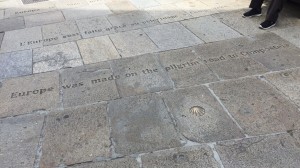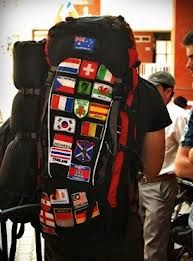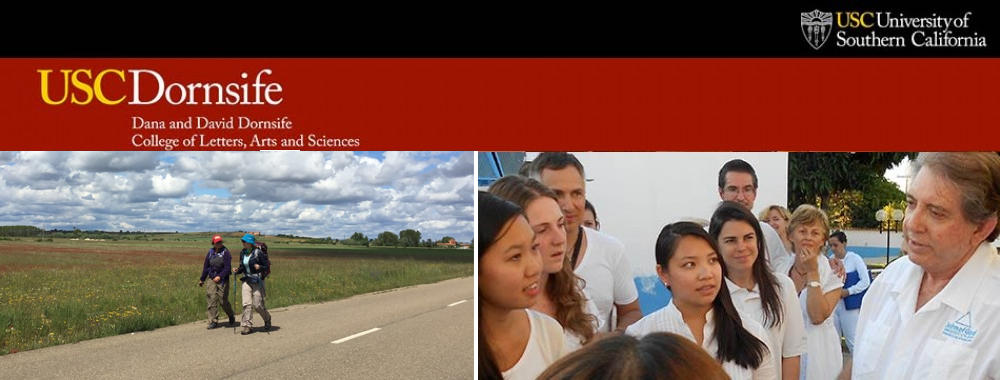In 1987 the Council of Europe made the Camino Francés the first cultural route on the cultural itinerary. In doing so, the Council of Europe suggested that the Camino reflected the diversity and unity of Europe. Both Paul and Alena, two of my Camino friends, live in countries that are part of the European Union, and shared their experiences with me. Alena is an architecture student in her twenties from the island of Cyprus near Greece. Paul is a 34 year old from Germany who worked in logistics before leaving to walk the Camino. Although they both grew up within this system, the two of them have different views on important issues that are often raised within the European discourse. 


Alena participated in the ERASMUS program, a program unique to the European Union that facilitates study abroad within its countries. It was through this program that Alena found herself studying architecture in Spain and heard about the Camino. Although Alena has benefitted greatly from the Erasmus program, she does not view the European Union in a positive light because she does not like the forced connection between European economies. She believes that Cyprus “should not have to pay for other countries.” However, she admits that being a part of the European Union increases travel ease and provides ample opportunities for various grants and scholarships. For example, the ERASMUS program provides her with a monthly stipend of 700 euros for all expenses. As an American student, I was incredibly jealous of this particular fact.
Unlike Alena, Paul thinks that the European Union is economically beneficial for everyone. Although Germany’s economy is tied to many other less economically successful countries such as Greece, “the amount of money Germany earns on exports due to fair trade makes it worth it.” Paul also loves that he is able to travel easily within Europe, and after seeing some of the customs lines in Madrid I understand why. The line specifically for members of the European Union was much shorter than the line for foreigners.
However, both Paul and Alena are unsure of the move to bring Turkey into the European Union. Paul worries about the lack of human rights in Turkey, just as he worries about the climate surrounding refugees in his own country. For Alena, the issue is more complicated and is closely tied to her countries past. In 1974 Turkey invaded Cyprus and currently occupies the Northern part of the island. As a result, both of Alena’s parents are refugees who had to flee their homes for the other side of the island and she finds it hard to understand why the European Union would feel comfortable with Turkey occupying a place in the EU.
Although Paul was unaware that the Camino is on the European Cultural Itinerary, he agrees that the Camino reflects the diversity of the European Union. Considering the current political climate, he thinks it is especially important to “meet other people and cultures to avoid any misconceptions.” In many ways the Camino is the perfect place to do just that. Here, people from all over the world, not just the European Union, eat meals and walk together every day.
As an American, I sometimes find it difficult to understand the complex nature of the European Union. Much of the media I read talks about the UK’s debate on whether or not to stay in the Union. It was interesting to hear European perspectives on the benefits and disadvantages of their system. On the Camino conversations can range from favorite foods and TV shows to essential values and political discussions.
